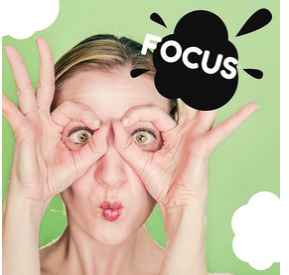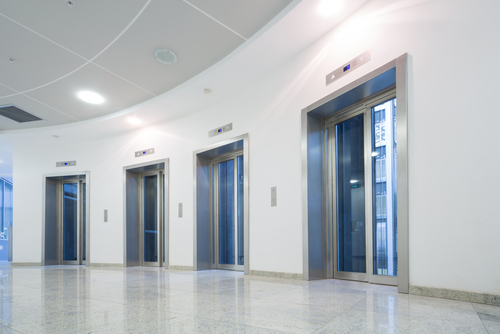I’ve always loved words. When I was six, I would cut them out and paste them together in odd ways. I’ve worked with words my whole life, as a teacher, editor, reader for a literary agent and marketing writer.I enjoy the challenge of 45 characters or a 1,000 words equally.
I’m a marketing writer. My worth is determined by the quality of the thinking and concepts that my writing represents.I approach words as the messenger of ideas and as a way to connect. I didn’t like the prospect of spending my life writing SEO optimized blog posts. I was starting to feel that the art of uncovering unique messages and communicating them in memorable ways no longer mattered.
David Cancel, CEO of Drift, captures my feeling perfectly when he says: “I think marketing has kind of lost its way a little bit. We’ve lost the importance of a great story and truly connecting with people. We live in this world where it’s all about content, content and more content. And SEO.”
Cut to…recently.
I’m reading Contently’s Content Strategist Blog’s “150 Tips for Marketers.” It seems that marketing might not have changed as much as I thought. Here are their predictions followed by my observations:
- “Determine how content can move audience along in their journey from where they are to where they will most strongly contribute to ongoing business success.” Marketing still starts with awareness and moves to retention and loyal commitment.
- “The goal is to engage consumers. Get them to associate with your brand; build lifetime value with them.” Basic marketing. Deliver on all promises and create great experiences.
- “Content is the best way to differentiate your business. But you have to have a clear voice.” Yep, corporate brand voice has always been important and something smart companies have always paid attention to including the voice of the customer.
- “Today, it’s about being in the right places with the right content at the right time.” Has it ever not been about that?
The tips above reflect the same marketing principles you might have read ten years ago, except that writing and stories are now called content. Things have changed dramatically though!
THE HUGE DIFFERENCE
Now, people can talk back! Now, we can have an ongoing conversation, instead of a manipulative monologue where we had to do research to find out what people were thinking.
Today, they tell us immediately how they feel and what they’re thinking. What a gift!
And more exciting news…
According to Seattle-based SEO consulting company MOZ, keywords are “long gone,” with the new gold standard revolving around user experience, value, dwell time and design/readability with paid links and anchor text also losing their relevance. So, words do matter. And the longer you ponder and spend with them, the higher the ranking. Thank you Google!
Marketing is where creativity meets metrics, or more importantly where message meets conversations.
This values a set of skills that is unique. One must welcome technology as enabling real-time conversations between products and users. The best communicators will be able and willing to quickly adapt, be comfortable changing directions, and be able to think on their feet. Kind of like cocktail party conversation. The good conversationalist can respond to what they hear, not deliver the line they already came with.












